
 The Tielocken
The Tielocken Waterproof Trench Coat
Waterproof Trench Coat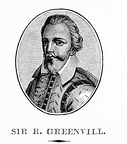 Sir Richard Greenvill
Sir Richard Greenvill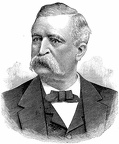 General James B. Weaver
General James B. Weaver Sir Philip Sidney
Sir Philip Sidney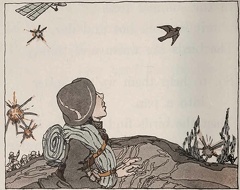 Carrier pigeons in a battle
Carrier pigeons in a battle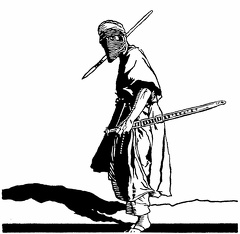 Arab warrior
Arab warrior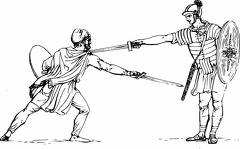 Technique of Roman soldier
Technique of Roman soldier Mailed Warrior - 11th Century
Mailed Warrior - 11th Century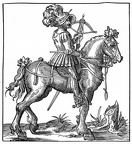 Mounted Crossbowman, with Cranequin crossbow, and a quarrel in his hat
Mounted Crossbowman, with Cranequin crossbow, and a quarrel in his hat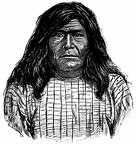 Victorio—an Apache Warrior
Victorio—an Apache Warrior French Soldier 12 th Century
French Soldier 12 th Century Soldiers - 12 th Century
Soldiers - 12 th Century 10th Century soldier
10th Century soldier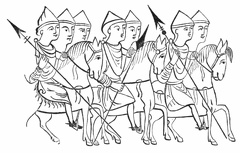 Anglo-Saxon soldiers
Anglo-Saxon soldiers Anglo-Saxon Spearmen
Anglo-Saxon Spearmen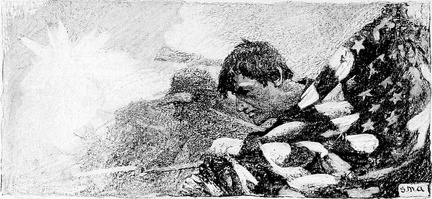 Man with flag
Man with flag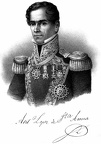 Antonio López de Santa Anna
Antonio López de Santa Anna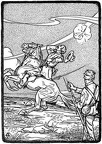 Death of General Johnston
Death of General Johnston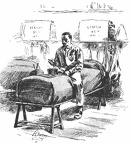 Dragoon sitting on his bed eating from mess-tin
Dragoon sitting on his bed eating from mess-tin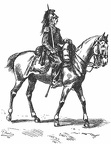 Dragoon in full dress uniform 1880
Dragoon in full dress uniform 1880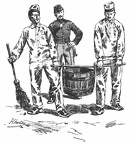 A Fatigue Party of Dragoons
A Fatigue Party of Dragoons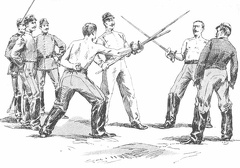 A Duel in the Riding School
A Duel in the Riding School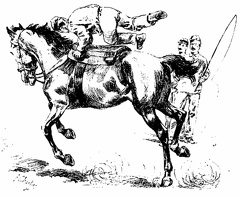 Exercises in Riding School (vaulting)
Exercises in Riding School (vaulting)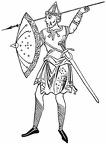 Warrior 11th Cenury
Warrior 11th Cenury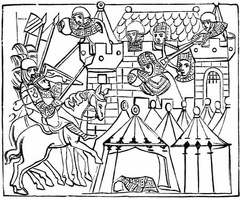 Summoning the Castle
Summoning the Castle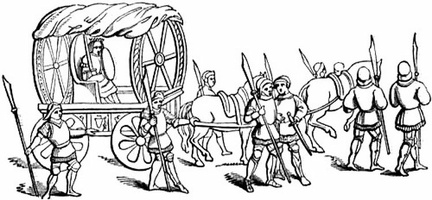 State Carriage of the Fourteenth Century
State Carriage of the Fourteenth Century Sir Robert Shurland
Sir Robert Shurland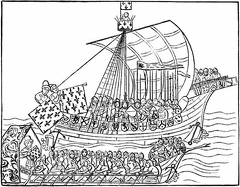 Ship and Galley
Ship and Galley Saxon Soldiers
Saxon Soldiers Saxon Soldier, in Leather Armour
Saxon Soldier, in Leather Armour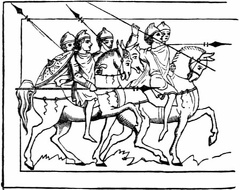 Saxon Horse Soldiers
Saxon Horse Soldiers Quilted Armour
Quilted Armour Saxon soldier in armour
Saxon soldier in armour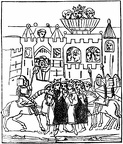 Preliminaries of Combat in Green Court of Castle
Preliminaries of Combat in Green Court of Castle Preliminaries of a Combat
Preliminaries of a Combat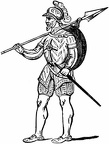 Pikeman
Pikeman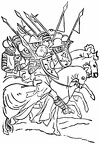 Men-at-Arms, Fourteenth Century
Men-at-Arms, Fourteenth Century Knight of the latter part of the Thirteenth Century
Knight of the latter part of the Thirteenth Century Knight of the end of the Thirteenth Century
Knight of the end of the Thirteenth Century Knight and Men-at-Arms
Knight and Men-at-Arms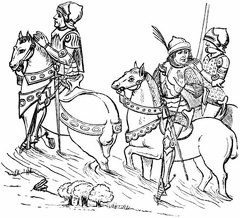 Julius Cæsar crossing the Rubicon
Julius Cæsar crossing the Rubicon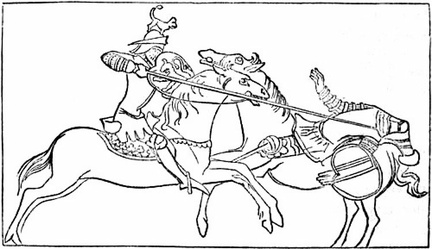 Jousting
Jousting John of Eltham
John of Eltham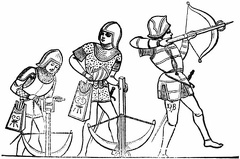 Bowmen and Arbalesters
Bowmen and Arbalesters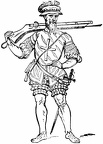 Arquebusier
Arquebusier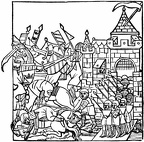 A Sally across the Drawbridge
A Sally across the Drawbridge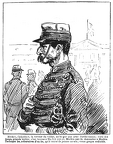 Machin
Machin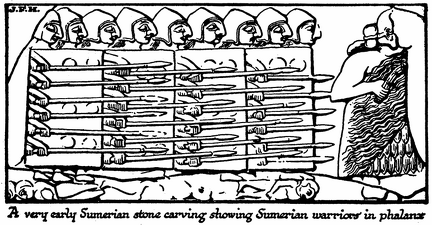 Sumerian Warriors in Phalanx
Sumerian Warriors in Phalanx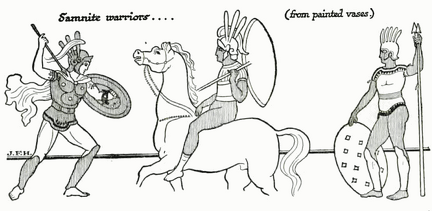 Samnite Warriors
Samnite Warriors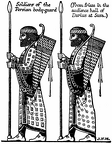 Persian Body-guard
Persian Body-guard Macedonian Warrior
Macedonian Warrior Athenian Foot-soldier
Athenian Foot-soldier Assyrian Warrior (temp. Sargon II)
Assyrian Warrior (temp. Sargon II) Roman General
Roman General An officer of the Corps of Bowmen
An officer of the Corps of Bowmen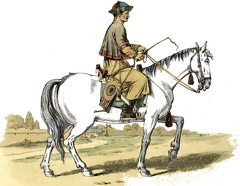 A Tartar Dragoon
A Tartar Dragoon A Soldier with his Matchlock
A Soldier with his Matchlock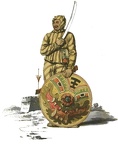 A Soldier of Infantry
A Soldier of Infantry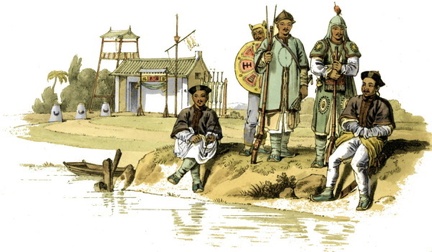 A Military Post
A Military Post



